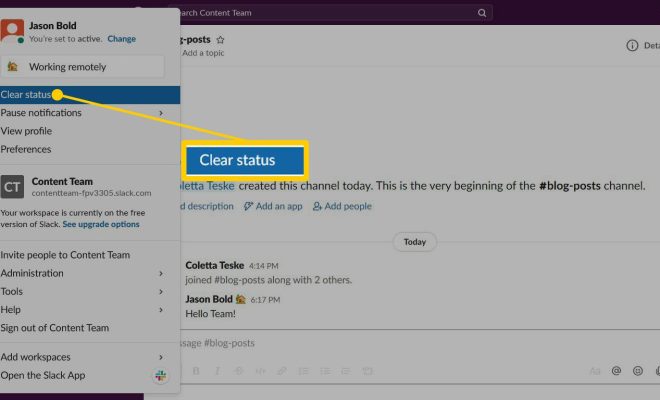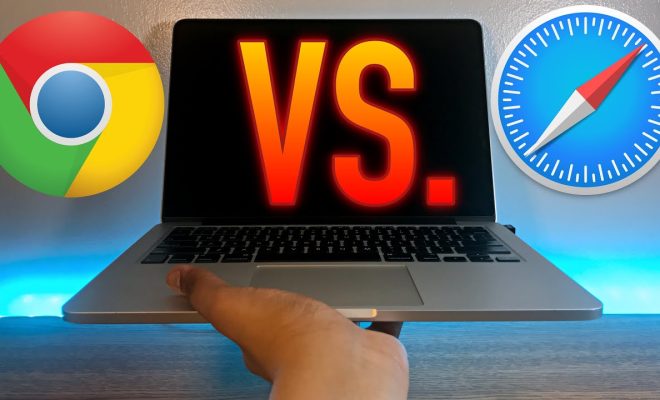What Are PS/2 Ports and Connectors?

PS/2 ports and connectors are a type of input/output (I/O) interface that has been around for decades. They were first introduced in the early 90s as a replacement for the older serial and parallel ports that were commonly found on PCs at the time.
If you’re not familiar with what they are, PS/2 ports and connectors are small circular connectors that are used to connect keyboards and mice to a computer. You’ll often find them on the back panel of desktop computers, and they can also be used with laptops and some older servers.
The name “PS/2” comes from the IBM Personal System/2, which was the system for which they were first developed. Although they were originally designed by IBM, PS/2 ports and connectors are now widely used by other manufacturers.
PS/2 connectors are typically color-coded, with the keyboard port being purple and the mouse port being green. They use a six-pin mini-DIN connector, which is a type of connector that is also used for connecting other peripheral devices like game controllers and MIDI devices.
One of the main advantages of PS/2 ports and connectors is that they are “hot-swappable” – you can plug and unplug devices without having to shut down your computer. This is very convenient, especially if you need to switch between multiple keyboards or mice.
Another advantage of PS/2 ports and connectors is that they are not subject to some of the electrical interference problems that can occur with USB connections. This makes them more reliable in certain situations, such as in industrial or medical environments where electronic interference is a concern.
However, one of the downsides of PS/2 ports and connectors is that they are not as widely supported as USB ports are. Many newer computers and laptops do not come with PS/2 ports, which means that you may need to use a USB-to-PS/2 adapter if you want to use an older keyboard or mouse.
In summary, PS/2 ports and connectors are a tried-and-true method for connecting keyboards and mice to computers. While they may not be as popular as USB connections these days, they still offer some advantages in terms of reliability and hot-swappability. If you’re working with older computers or in certain specialized environments, PS/2 ports and connectors may still be the way to go.






